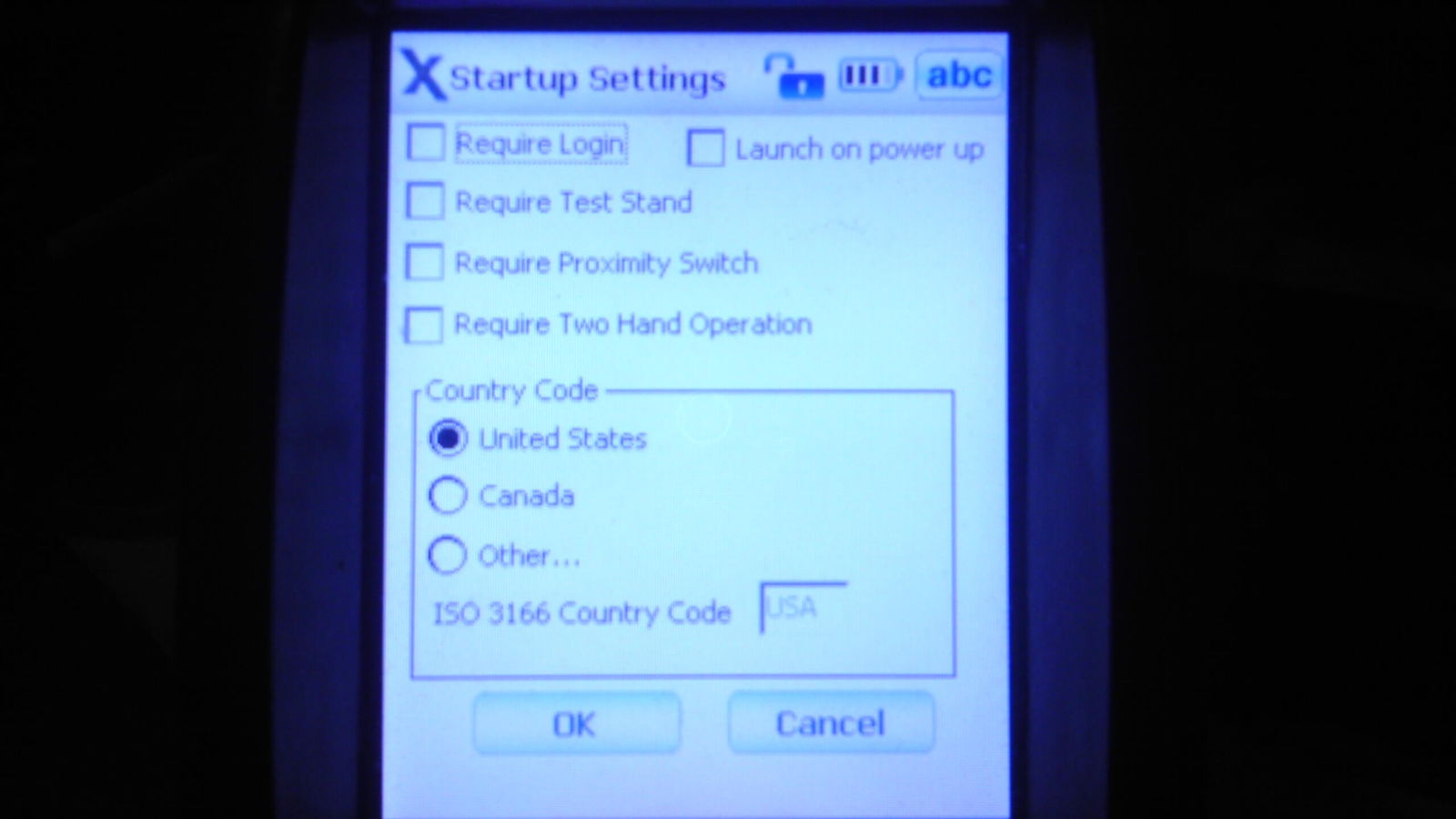For Portable XRF Analyzers, the Canada software will not allow the “automatic” trigger (stop start trigger) So the only option is the dead man trigger which means that you have to hold the trigger for the duration of the test. There is one person in charge of Rad safety in Canada. They are not rational. They have absolutely no problem with Isotope systems but the much more safe Tube systems scare them.

In my opinion that is more hazardous than using the timer but what do I know. I am not as educated as the Canada authority and so I do not have an opinion.
The Canadian analyzers are the same as the U.S ones. These units are said to be none radioactive, but really they do not have a radioactive source or isotope in them. All of the analyzers Olympus makes have miniature X-ray tubes instead of a radioactive source. This is much safer as there are no leaks and with a source based unit you can’t see any elements lighter than Ti on the periodic table so detection limits are much greater with a tube based system.
Some of the other advantages of a tube based system is the fact that you can travel without restrictions or special travel documents and licences, which would be important to your line of work.
The CNSC governs the isotopes in Canada and Health Canada and NR Canada are responsible for tube based systems.
The U.S treats isotopes more seriously and have no restrictions or certification for portable tube based analyzers, kind of a buy today and use tomorrow attitude.
The units are the same in Canada, the screen (image inhere) is a setting that Health Canada requires because of the certification process required in Canada that is not required in the U.S. This allows us to lock the analyzer so it only works in a “work station’ or “closed beam” operation until the client is certified as an XRF operator through Natural Resources Canada.
The safety features also allow for the Canadian setting to give an audible warning “three chimes” before analysis starts which is also a requirement in Canada. As stated before, the US has different guidelines and therefore there are a few different safety features, however the operation and function of the analyzer is identical.
This is after a NRCan National NDT Body certified XRF instructor, once told me he felt obliged to inform students, coworkers, and clients of the Radiation Emitting Devices (RED) Act, as governed by Health Canada. He gives the same explanation to many people each week, so please don’t take it personally. In Canada, various safety requirements (including warning lights, trigger locks, and proximity sensors) are unique, so any device not specifically made for the Canadian market is illegal to import or use. Unfortunately these modifications cause an increase in price for these units. We regret that this not only affects us, but our customers as well.
hmm… What this a fear tactic selling method?
